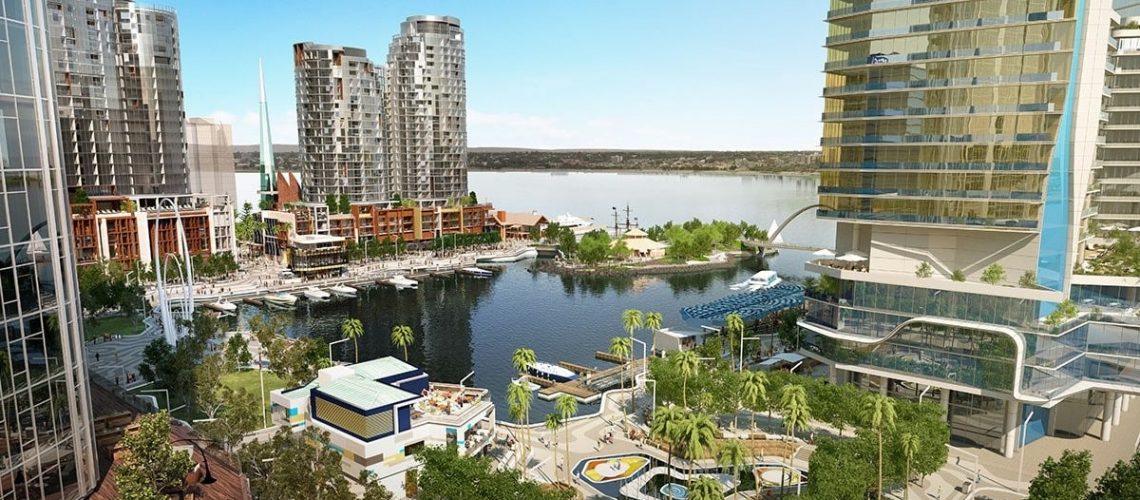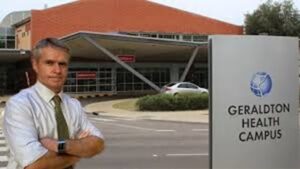Reading back over the achievements of our past Premiers it has become obvious to me that history is a harsh judge of political achievement with only the biggest and most controversial projects being recalled by future generations.
To really make your mark as a Premier you have to do something big, bold and controversial. In the post war era David Brand 1959-71 is seen as the standout being responsible for driving the development of the city freeway planning, the Pilbara iron ore infrastructure and the Ord River Scheme.
Sir Charles Court 1974 – 82 was the architect of the risky and controversial North West Shelf Agreement with its take or pay gas deal and the development of Murdoch University. His son Richard Court 1993-01 sold the Damper Perth Railway line to fund the Perth to Mandurah Railway and imposed a 5c a litre fuel tax to build the Polly Farmer Tunnel.
Barnett 2008-17 drove Stage II of the Ord and the approvals for the Gorgon Barrow island along with the still stalled James Price Point Broome gas plant site. Plus he bulldozed through the long talked about sinking of the CBD city-link railway, Elizabeth Key waterfront, Optus Stadium and started on the now cancelled Roe 8 extension.
O’Conner-Dowding-Lawrance-Gallop-Carpender are all lost to history as they didn’t make any really hard big state development decisions that have left their mark. But Brian Burke 1983-88 gets credit for the Americas cup upgrade of Fremantle, building the highly controversial Hillary Marina and being linked to the approvals of the even more controversial Observation City Hotel. McGowan 2017- has only just ticked over two years in the job so it’s far too early to say if he is going to join the big hitting state development liberal Premiers but he is pushing ahead with Metro Net and planning the Outer Harbour.
So what puts a Premier on the history map, its simple, infrastructure and approvals, the bigger, the harder and the more controversial the better. For a labor Premier pushing through the approvals and opening the first uranium mine would certainly put them in the history books as would signing off on a new coal mine or power station. But for real impact you need to find the money, fight the activists, hold the hand of panicked backbenchers and drive a big controversial project through to competition, just as Barnett did with any number of projects.
So here is my advice to McGowan if he wishes to be remembered by more than just a few political commentators for extending the railway a few kilometres, balancing the budget on the back of a flood of federal GST money and royalties from a mini iron ore boom then he will need to be imaginative and bold and go big in the bush.
All big picture Premiers we can recall have had left their mark on the city and the bush – big projects, big bucks and big controversy. So what’s on offer, for his metropolitan game changing achievement McGowan should take on the unions and sell Western Power then dedicate the whole $12 billion or so to completing the original Metro Net rail project that involved circling the inner city routes around the river. The punters will accept the sale of an asset if the funds go directly into a infrastructure project. We have seen this in NSW with the sale of their power stations to build road and rail in Sydney. He should also fast track the building of the outer harbour despite the economics not stacking up and while he’s at it sack the Fremantle city Council and put in a redevelopment authority to fix the embarrassing urban disaster that Fremantle has become.
By the time he’s taken on the unions, his backbench, the talkback hosts, the greenies and the Fremantle luvvies he should be half ready for the history books. That leaves him needing a signature project in the bush. So what’s big enough and controversial enough to attract the wails of anguish from the anti-development activists and complex enough to scare off most political leaders.
A project that includes bulldozers, requires the knocking down of trees, building of dams and the planting of GM crops, together this list should bring out almost all of the various green groups from the doctors wives to the professional activists wanting to stop the world. The most obvious big hard challenge for a labor leader is supporting indigenous employment and land development. To take a struggling town like Fitzroy Crossing and the local indigenous owned stations and turn them into a powerhouse of a successful rural community would be something that would be a timeless achievement. To do it requires using the power of the state matched with the power of private capital to change a community. Turning indigenous owned cattle stations which employ limited numbers of people into massive irrigated farming operations under indigenous ownership is the holy grail of a change agent in the north. Far better than sit down money coming from digging one off mines from yet another mining agreement with a big multinational mining company.
We know that broadacre farm production has made the wheatbelt a global grains powerhouse but we have never really taken the full potential of our agricultural expertise to the north of our state. Which is in part because of the land tenure system that exists in the north – leasehold, not freehold. The key is linking the land, water and capital. While the Ord stages 1 and II developed by Brand and Barnett worked, as a model it’s been incredibly expensive and the project is still limited in scope and constrained by needing to go across the border to reach its full potential. But what is does do is show us what’s possible when government does some strategic development.
In the north its all about water so the next obvious river to focus on is the mighty Fitzroy. The best bit is no big traditional Ord river dam is needed just turkey nest earthen wall dams, similar to the ones that the Queensland cotton growers build. In fact the policy risk is relatively low as the big family and corporate stations owners of Fossil Downs and GoGo are flat out developing their own plans for irrigated land using flood waters from tributaries of the Fitzroy river.
What is needed is for McGowan to make the Fitzroy his own state development project and establish a catchment wide government program to identify and develop 100,000 ha of suitable irrigation land along the entire Fitzroy river capable of supporting a massive cotton, sugar and fodder industry. There is nothing new in this proposal but the complexity and cost of the approvals process is too much for the smaller family and indigenous owned stations along the river to bear.
What would really allow his government to leave its mark on the Kimberley is to take carriage of the approvals for all the possible irrigation projects. Instead of completing the Fitzroy River Management Plan by 2021 the Premier should build a complete design team and take the project from planning to plowing. The Premiers State Development agency should be told to plow their way through the reams of approvals, bang heads of ministers and Director Generals and finalise designs to take irrigation projects to the investment ready stage.
If the state government poured around $40m over the next four years into the environmental, water, infrastructure, social and economic planning plus locked in a cabinet decision to focus the minds of all the various departments, a game changing agricultural industry in the west Kimberley would be on its way. Add another $100m in additional funding for road, power and telecommunications for core infrastructure money that could be doubled with commonwealth money and its game on.
The last part of the equation would be to make another $300m available in government guarantee’s for conditional loans to provide the start-up capita to build the earth dams, level flood irrigation paddocks and establish pivot irrigators and a project larger than the Ord would be born at a fraction of the time and cost of developing Ord stage 1 and 2.
The difference with the Fitzroy vs the Ord is instead of the state owning the land and doing deals with the Chinese as happened with Ord Stage II, indigenous and family owned stations would for the first time be in a position to partner, lease, own or operate their own freehold farm land.
The state government should take a lesson out of the development of the wheatbelt and dust off the old highly successful conditional purchase block land title system. The gazetting of select blocks off pastoral leases that have been worked up with all approvals ready to be transferred into freehold irrigation blocks with water licences is needed to make this work.
The successful way large parts of the wheatbelt were thrown open and developed with low interest loans and conditional purchase is the key to developing the Kimberley. Six years would be just enough to fast track the first projects to get the Premier into the history pages with McGowan’s then having every right to be added to the name game changing state development Premiers.

